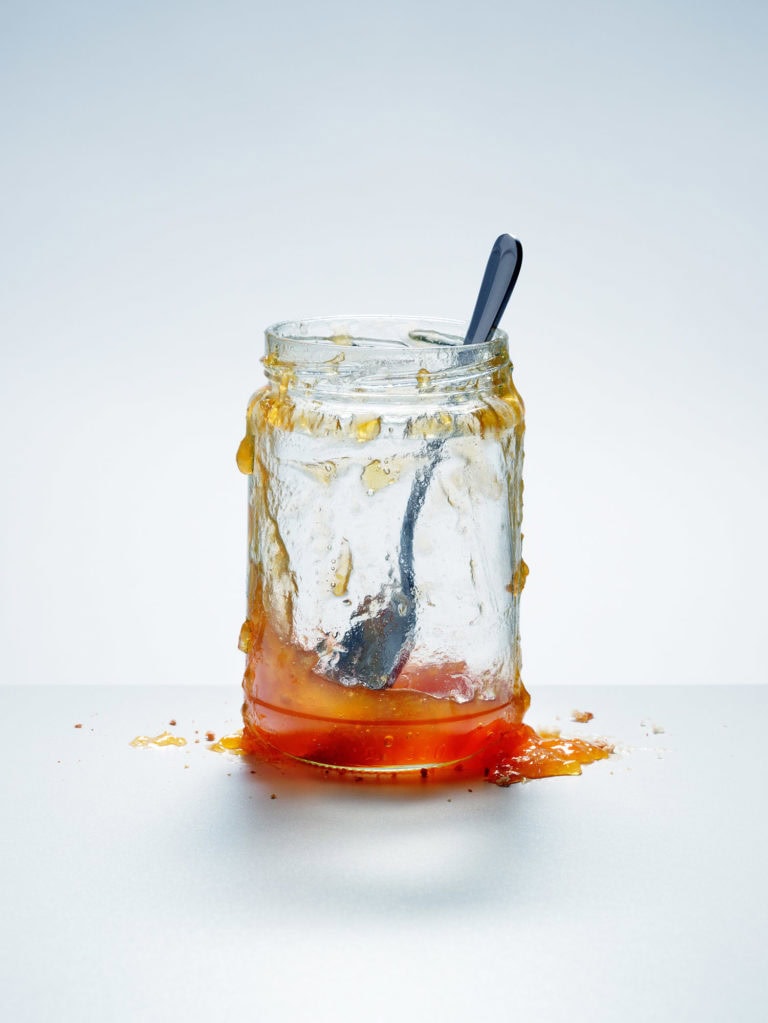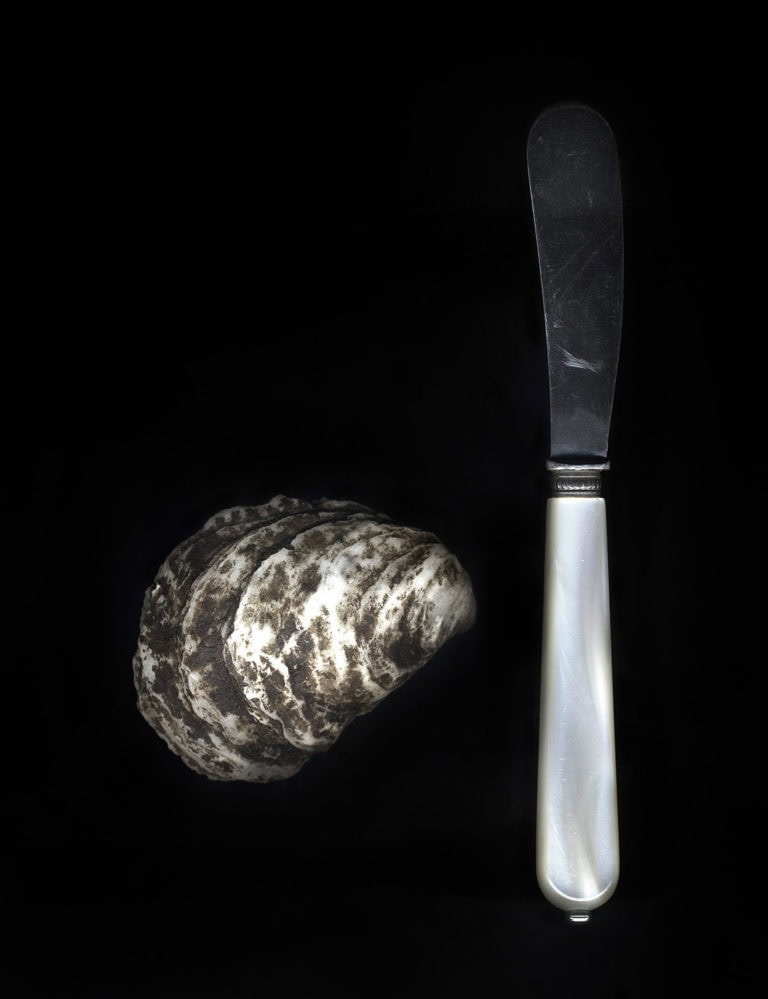Plants offer endless diversity, beauty, and fascination, especially during the vibrant season of spring. Guilty of indulging in long Sunday morning walks, I often find myself bringing home intriguing plants with stunning leaves or flowers. Our immediate surroundings never cease to amaze, but as a farmer intentionally cultivating plants and hosting events at the farm, there arises a pressure to integrate a human touch into the landscape—a bridge between the constructed structures and the natural world.
While I appreciate a thoughtfully landscaped yard, functionality remains a priority for me. Lacking a professional landscaper, I plan to refresh my front yard and random soil patches near the mailbox with a blend of field-edge favorites and vegetable plants. This approach promises a mix of height, color, and easy-access joy for the kitchen.
If you have thoughts of doing the same, the first step is contemplating the types of plants that captivate you. Personally, I draw inspiration from my walks, admiring tall woody stems, narrow leaves, erratic branches, surprises lying low, bursts of color near the ground, and a variety of soft colors and shades of green.
Next, consider what you might crave for dinner, making it a bonus to have readily available in your front yard. Freshly picked beans, spicy flowers for salad dressing, and herbs for seasoning or steeping into hot or cold tea can all enhance your culinary experience.
During visits to our farmers market stand, you’ll find a diversity of plants—tiny Fairy Tale eggplants, Futsu winter squash that is a gorgeous gray-blue with a beautiful white blush, and frilly mustard greens. These vegetables, with their unique sizes, shapes, and colors, can add layers and meaningfully occupy space in your front yard garden. Even a single rainbow chard plant can add color and provide for many meals.
While there is no substitute for professional design, getting down to it in a nutshell, here are some areas to consider when plumping up your edible and wild yard.
-
Climate Considerations: Opt for hardy plants that can withstand cold temperatures (kale, onions, calendula), especially if you’re eager to start in the spring.
-
Seasonal Changes: Plan for the four seasons, ensuring visual appeal throughout the year. Add tall twiggy or bushy plants for extra layers in winter.
-
Native Plants: Choose native or naturalized plants adapted to the local climate and soil conditions. Field edges can offer great examples, featuring plants like irises, asters, oak ferns, and Joe Pye.
-
Soil Quality: Test and amend the soil to improve fertility and drainage—the foundations of plant success.
-
Sunlight Exposure: Consider the orientation of the area and select plants based on sunlight requirements.
-
Diverse Plant Selection: Foster biodiversity to support local ecosystems and attract wildlife.
-
Maintenance Considerations: Choose plants based on your commitment to maintenance. Opt for low-maintenance varieties to save time and effort. A bean trellis will ultimately take a lot less care than a forest of cherry tomato plants.
-
Seasonal Interest: Incorporate plants with different blooming periods, foliage colors, and textures for year-round visual interest. Edible flowers like nasturtiums and calendula can be satisfying staples.
In the realm of landscaping, the true confession is that while the winter garden plans are always perfect, the summer garden requires motivation. Acknowledging this, a refresh becomes exciting—balancing between planning and spontaneity, engaging the senses with diversity, and reveling in the satisfying process and results. Once started, the journey always feels rewarding!













